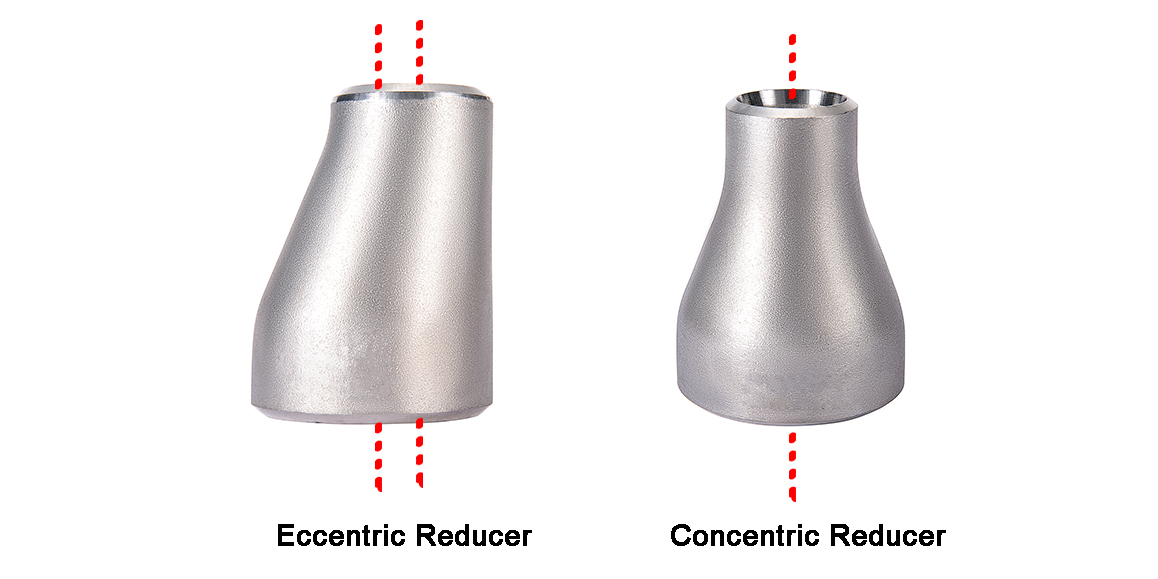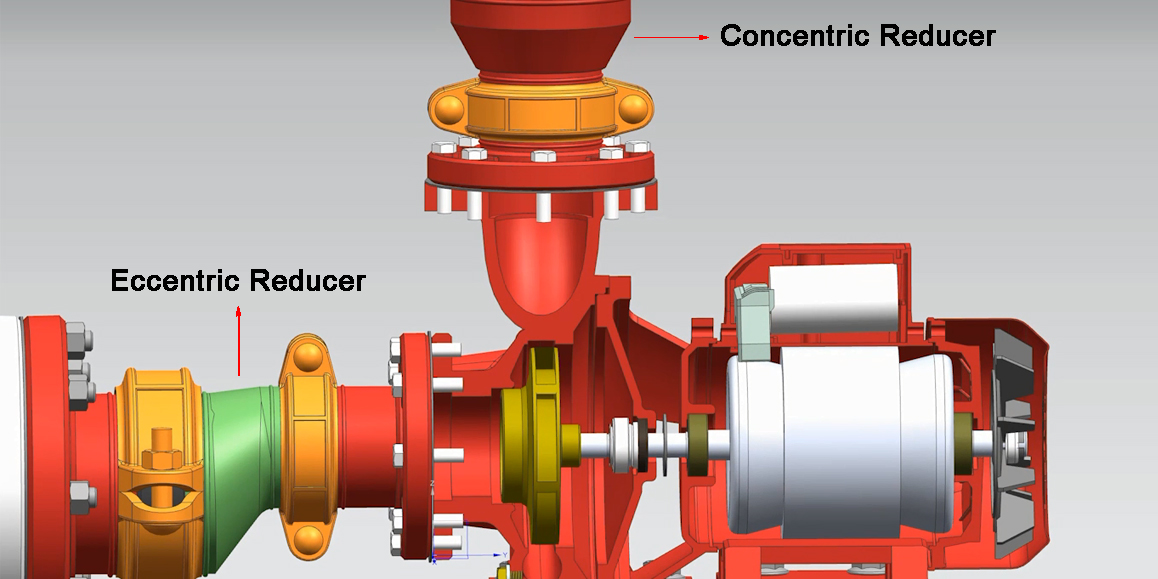Deciphering the difference code between one-piece stainless steel ball valve, two-piece stainless steel ball valve and three-piece stainless steel ball valve
1.Structure and characteristics of one-piece stainless steel ball valve
The one-piece stainless steel ball valve is called a one-piece stainless steel ball valve because the valve body adopts an integral structure. It has a small appearance and light weight. The ball core, valve seat and valve stem are installed from the flow channel on one side of the valve body. Due to the limitation of the flow channel size of the valve body, the full-diameter ball core cannot be installed inside the valve body, so the flow channel of the ball core of the one-piece stainless steel ball valve is reduced. The flow capacity is subject to certain restrictions. There are certain advantages in cost. It is mainly used for low-pressure pipelines.
One-piece stainless steel ball valves have threaded connections, flange connections and butt-wafer connections. The thread usually adopts 55° tapered pipe thread, which can obtain better sealing performance. Flange connection is more convenient to install. The butt-wafer connection structure is short in length and can be installed on compact space pipelines.
The valve is made of WCB cast steel, stainless steel CF8, CF8M and other materials.
One-piece threaded stainless steel ball valves are mostly used in low-pressure pipelines because the valve stem stuffing bin is shallow and less sealing stuffing is added.
It is made into a high-temperature sewage stainless steel ball valve, which can effectively prevent the medium from leaking out from the valve body, avoiding the risk of medium leakage from the valve body between two-piece stainless steel ball valves and three-piece stainless steel ball valves. It can be used for steam and heat transfer oil media. It can also be made into an insulation stainless steel ball valve to transport easy-to-crystallize and solidify media. Hot water, steam and other heat media are passed into the insulation shell to insulate the stainless steel ball valve.
- Structure and characteristics of two-piece stainless steel ball valve
The valve body consists of the main valve body and the auxiliary valve body, so it is called a two-piece stainless steel ball valve. It is a commonly used stainless steel ball valve. After the ball core, valve seat, and valve stem are installed in the main valve body, the auxiliary valve body is connected to the main valve body by threads or bolts. The ball core flow channel is full-diameter, with small flow resistance and large flow capacity.
Two-piece stainless steel ball valves also have internal thread connection, external thread connection, and internal and external thread connection. The thread usually uses a 55° tapered pipe thread with good sealing. Two-piece flange connection stainless steel ball valves are widely used.
- Structure and features of three-piece stainless steel ball valve
The valve body of the three-piece stainless steel ball valve consists of a main valve body and two auxiliary valve bodies, so it is called a three-piece stainless steel ball valve. After the ball core and valve stem are installed in the main valve body, the auxiliary valve body is installed in the valve seat, and the main and auxiliary valve bodies are connected as one by bolts. Its ball core flow channel is also full-diameter.
The three-piece stainless steel ball valve also has internal thread connection and external thread connection. The internal thread usually adopts 55° tapered pipe thread, which has good sealing performance. The external thread has a welding joint and can be welded with the pipeline. It is convenient to disassemble and assemble during maintenance, avoiding the need for a separate joint for the internal thread connection.
Butt welding and socket welding connection can also be welded with an extended pipe to avoid high temperature damage to the valve seat seal ring and valve stem packing during welding, reducing the difficulty of installation.
The main feature of the three-piece stainless steel ball valve is that it can be maintained online, which is very convenient. Loosen the screws on the valve body and remove a bolt that passes through the main valve body. Turn the main valve body to replace the valve seat seal ring. You can also completely remove the main valve body bolts and remove the main valve body for maintenance. The auxiliary valve body is still on the pipeline, avoiding the need to disassemble the entire stainless steel ball valve, greatly reducing the maintenance workload.
- The difference between one-piece stainless steel ball valve, two-piece stainless steel ball valve, and three-piece stainless steel ball valve
a.The valve body structure is different.
The valve body of the one-piece stainless steel ball valve is integral, the valve body of the two-piece stainless steel ball valve is divided into two valve bodies, the main and auxiliary valve bodies, and the valve body of the three-piece stainless steel ball valve is divided into a main valve body and two auxiliary valve bodies, a total of three parts.
b. The ball core flow channel size is different.
The one-piece stainless steel ball valve adopts a reduced diameter flow channel, and the flow capacity is affected to a certain extent. The two-piece and three-piece stainless steel ball valves adopt full-bore flow channel size. The flow resistance is small and the flow capacity is greater. If there are flow requirements, two-piece stainless steel ball valves and three-piece stainless steel ball valves can be selected.
c. The installation and maintenance workload is different.
The three-piece stainless steel ball valve is more convenient to install and maintain than the one-piece stainless steel ball valve and the two-piece stainless steel ball valve, and the workload is small. It is convenient to replace the valve seat seal ring, ball core, packing and other parts.
d. The procurement cost is different.
The cost of a three-piece stainless steel ball valve of the same specification is the highest, followed by a two-piece stainless steel ball valve, and the cost of a one-piece stainless steel ball valve is the lowest.












